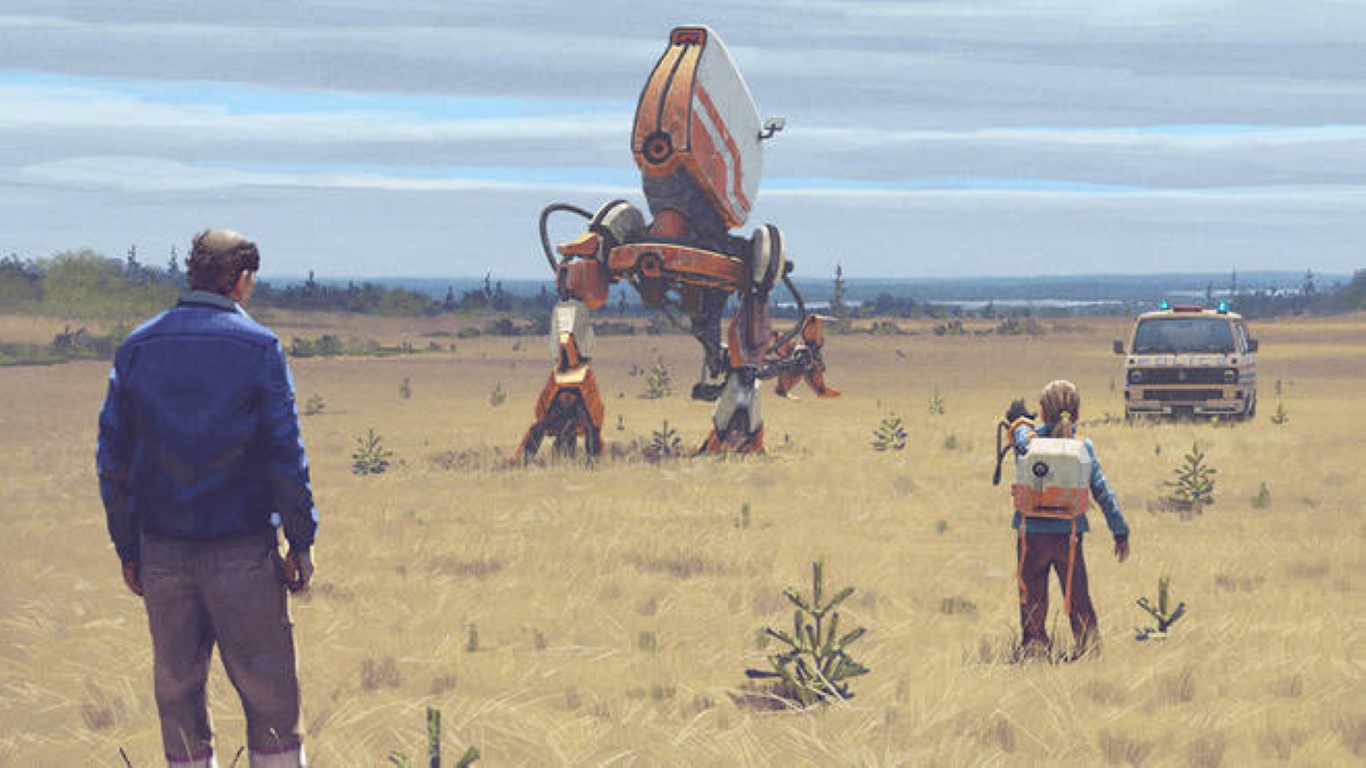
‘Snakes and Ladders’ board game review
By Ed Appleby, Illustrator
I thought games were supposed to be fun?
Snakes and Ladders is a dice-based board game originally developed in Ancient India and brought to North America as Chutes and Ladders in 1943 by Milton Bradley. In the game, players take turns rolling the dice and moving their piece along a board with 100 spaces. If the space you land on contains the bottom rung of a ladder then you move up to the space at the top of it, and if the space you land on holds a snake or chute you follow it down to the space at the bottom. The first person to land on the topmost space wins.
The game was originally created as an exercise in karma and destiny. Hindu—and later Victorian—spiritual morals were on full display in ancient versions of the game, and it has had a huge impact on our pop culture. The concept of “back to square one” comes from this game, and it is the main metaphor in Salman Rushdie’s book Midnight’s Children (1981). In the game you must submit to your fate, and accept that what happens, happens.
That is why Snakes and Ladders is the worst game ever.
A good game does not just rely on chance, but incorporates elements of strategy and psychology. By removing any agency from the game, it stops being a game. Even in the game Sorry! (1929)—based on another ancient Indian game—you have free will and can chose to move the pieces you desire. Modern western society was built on the concept of freedom and free will, and fatalistic games such as Snakes and Ladders encourage downright dangerous compliance with the roll of the dice.
Knowledge of Snakes and Ladders is important to our history, but so is our knowledge of fascism. And with the state of the political world right now, do we really want to encourage people to just accept it when the snake is nipping at their heels? Or do we want to encourage people to place their meeples, cure diseases, protect their castles, and fight back?
